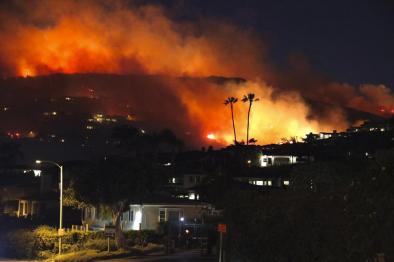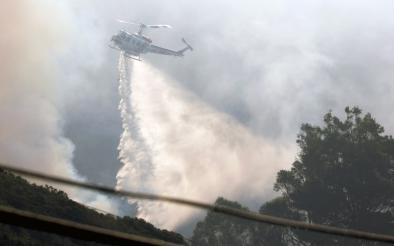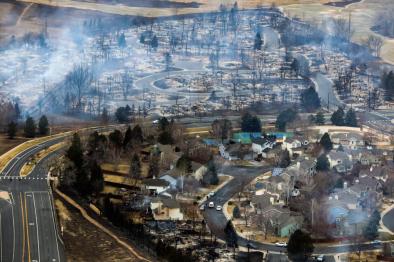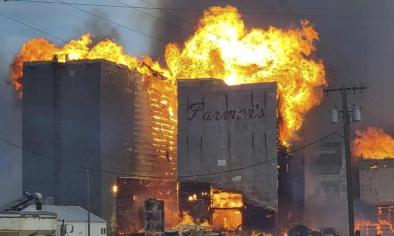Vermont Climate Assessment 2021
Study key findings & significance
- Temperature: Vermont is warming—especially winters. Average temperatures have increased by nearly 2°F since 1900. Winter temperatures have increased 2.5 times faster than average annual temperatures since 1960.
- Precipitation: Vermont is getting wetter. Precipitation has increased 21% since 1900. Vermont now experiences 2.4 more days of heavy precipitation than in the 1960s, mostly in the summer.
- Droughts: Floods and droughts are now Vermont’s most likely natural disasters.
- Wildlife: Roughly 70 bird species are expected to disappear from Vermont in the next 25 years due to climate change, including the common loon and hermit thrush.
Author quotes
“Climate change is here—and impacting communities across Vermont,” says UVM climate scientist Gillian Galford, lead author of the Vermont Climate Assessment 2021. “Our goal is to give Vermonters the tools they need to better prepare for climate change.”
“As the local impacts of our changing climate continue to be quantified and measured across Vermont, the Vermont Climate Assessment is a timely compendium of these effects,” says UVM’s Lesley-Ann Dupigny-Giroux, Vermont’s State Climatologist, and author of the next National Climate Assessment’s water chapter. “It will assist stakeholders in their decision-making about mitigating against, and adapting to, climate change,” adds Dupigny-Giroux, who was invited by the U.S. government to participate in the United Nations’ COP26.
Abstract
There is strong evidence that Vermont’s climate is changing. Vermont is becoming warmer (average annual temperature is about 2°F warmer since 1900), and Vermont’s winters are becoming warmer more quickly (winter temperatures have warmed 2.5x more quickly than average annual temperature since 1960). Vermont is also becoming wetter (average annual precipitation has increased by 21% or 7.5 inches since 1900). However, Vermont still experiences prolonged droughts because of shifts in the water cycle, and different regions of Vermont can experience different climate impacts. The data for Vermont mirror trends at the regional, national, and global scale.
Related Content






